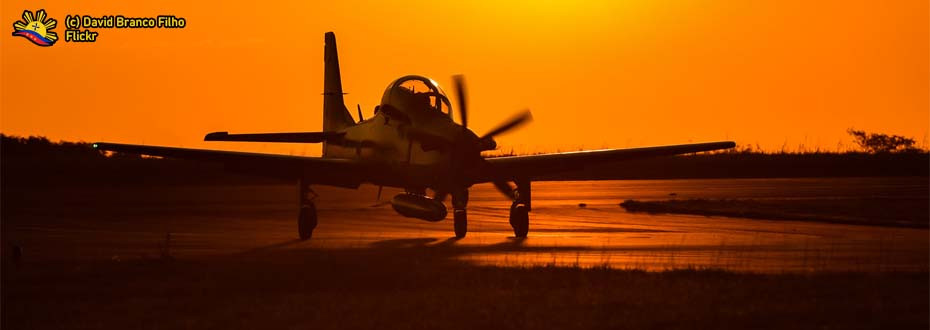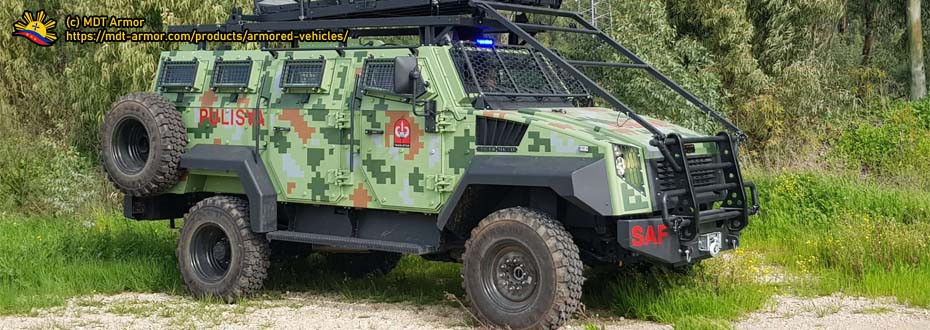FIRST NOTE - THE TECH SPECIFICATIONS
 |
| The Department of National Defense Recently disclose that they are lenient to purchase JAS-39 Gripen C/D block for the Philippine Air Force. Imagery designed by Mr. Paul Hernandez |
So far, there are still no detailed specifications or parameters that the TWG provided for their preferences on their Multirole Fighter that the organization will be using for air interdictions. This quickly put more speculations on the matter where many possibilities may happen throughout the project period.
So, as the project in itself rolls on with more discussions, brainstorming, and idea-sharing in place, any judgment in place so as which is which may be nice to have, although it is better to simply wait it out until more precise details will be provided in such sense that in any way, the organization still have a sophisticated multirole fighter it desires that looks after the capabilities and cost that they are looking for from such unit.
THE DEFENSE SECRETARY'S VIEWS
 |
| The Department of National Defense Building. Courtesy of Department of National Defense, Flickr. |
With the information for specifications not yet disclosed by the PAF-TWG, it may be said that these statements provided are simply words that uttered from the Defense Department where anything isn't being finalized yet out of the open. However, with such words coming out from the Defense Department itself, it is not avoidable that various outlets may treat this leniency as "final" in a way that they considered the JAS-39 Gripen of SAAB being the clear winner on this project. Well, just to clarify this up folks, as long as the bidding details aren't out nor finalizations on specifications being in place, it is safe to say that not SAAB nor Lockheed Martin bagged the contract for this project, yet. It is primarily premature to each and everyone to say that there is a clear winner although the people that are assigned to the project are still formulating their criteria that are needed to provide a clear picture with regards to which is which on the Multirole Fighter Jet project.
So, it might be a nice tab for now that the project in itself is on the process where the gallant men involved are doing the best of their jobs to make it happen. So, it might be nice for them to thoroughly assess their things up based on the criteria they made, provide evaluation measurements and determine the one that they see as an ideal and capable fighter jet for the Philippine Air Force to use.
THE LESSONS FROM SLOVAKIA
 |
| Primary argument: The F-16s have longer loiter time while the JAS-39 Gripen being short-legged. A big factor if patrolling the huge Philippine Airspace is to consider. |
Now with the short-legged argument, it is undisputedly known that the F-16s with their airframe-integrated conformal fuel tanks or CFTs increases the loiter time and range of these jets where they can patrol the airspace on a longer time period where, if applied to the Philippine context, provides more coverage to the airspace to patrol or to interdict with, where scrambling jets to the West Philippine Sea from an airbase in Luzon is possible. However, it is also taking note that these jets are more expensive which undermines the argument for its range and capability. Hence, the saying "Defense is not cheap" applies. Now, with regards to the JAS-39 Gripen and it's being short-legged given its range as shown to the Slovakian assessment. Take note that it is a cost-effective platform that is easy to maintain and not only that, SAAB also markets it as more capable of landing on highways given that the F-16 is also capable to do it. Given such short-leggedness, perhaps the JAS-39 Gripen may require landing on several airports or directly through the air refueling tankers before getting deployed in a military base such as Oyster Bay in Palawan which is the one nearest to the contested waters of the West Philippine Sea. The Philippines do not have any air refueling capabilities as of present, yet although its fleet of C-130s can be converted to that configuration which further helps increase the range of these Gripens. If such thing is considered by the people in the ranks, it may be nice that additional cost-effective C-130 airframes shall be purchased for this purpose, at least to have these jets as capable in terms of loitering time.
Now, it will be nice to see as to how far it will be for these platforms to get in through the Philippine Air Force market, given that each airframe from different suppliers have their own capabilities to showcase with, in a way that each have its respective advantages and disadvantages that for sure, the gallant people of the PAF-TWG really consider for their assessment and documentation.
THE "UNDENIABLE OFFERS" AND "SWEETENERS"
 |
| F-16 Scale Model with Philippine Air Force insignia in ADAS 2018. The United States offers it in the form of Foreign Military Financing or FMF. Courtesy to its respective owner. |
As for the JAS-39 Gripen of SAAB, Thailand experienced a nice deal where 12 units of such jets they purchased came with Erieye AEW&Cs radar installed on a SAAB 340 aircraft which help provides better systems integration as well as other perks that the company offered to the Royal Thai Air Force which was stated in the article above underlined and highlighted in yellow-orange.
The F-16 meanwhile, is being pushed by the United States multiple times with the latest offer involves newly-built assets wherein it will be supplanted by a Foreign Military Financing, which is a form of a soft loan with terms differentially structured by the U.S. government to further improve the capabilities of an ally especially now in the face of China's rising power in the region where it showcases its capabilities a lot in the contested claims among nations which includes China and the Philippines over the West Philippine Sea/South China Sea region.
Despite these things, all of the offers are to be assessed and determined upon especially by the key Air Force officials where recently, they reopened the Basa Air Base which prompted the return of the 5th Fighter Wing to its intended nest wherein both SAAB and Lockheed Martin deployed their representatives as well as their scale models in the hopes that their products find its way to this place called as the "FighterTown". This is perhaps a nice thing in terms of the on-going process.
WHAT'S TO COME
 |
| Philippine Air Force F-16 Concept by Mr. Paul Fernandez. The source can be seen here. |
So, it is nice to stay updated in this project that defines a significant portion of the Philippine Air Force budget as well as others being presented on the pipeline. The primary aim of every organization especially in the government offices is to provide the best output from the resources provided or to manage the best things out of it per relevant laws such as the R.A. 9184 or the procurement act. Moreover, the vibrant activity over this project shows the willingness of the suppliers involved to bag the project while supplying the Philippine Air Force the platform it needs to supplant its air interdiction capability which currently supplanted by the FA-50 Lead-in Fighter Trainer jets wherein once purchased, will help the organization obtain a capable, more credible squadron of combat fighter aircraft that suffices the needs in implementing the Philippine Air Defense Identification Zone or PADIZ as desired in the Flight Plan 2028.
These in which, among other projects, are the ones that will keep tabs as the progress of these military platform procurements means a lot for the Armed Forces as they are aspiring to modernize, motivate, and better organization doing their mandate with efficiency and effectiveness in such a way that they will further secure the country's sovereignty and security with the citizenry's best interest in mind.
=========================================================
First PDA discussion on this subject: June 24, 2018.
Article Title: The Philippine Multirole Fighter Jet Procurement Program
Link: http://pitzdefanalysis.blogspot.com/2018/06/the-philippine-mrf-jet-program.html
See related:
Competitors
- SAAB JAS-39 Gripen
- Lockheed Martin F-16















.png)



